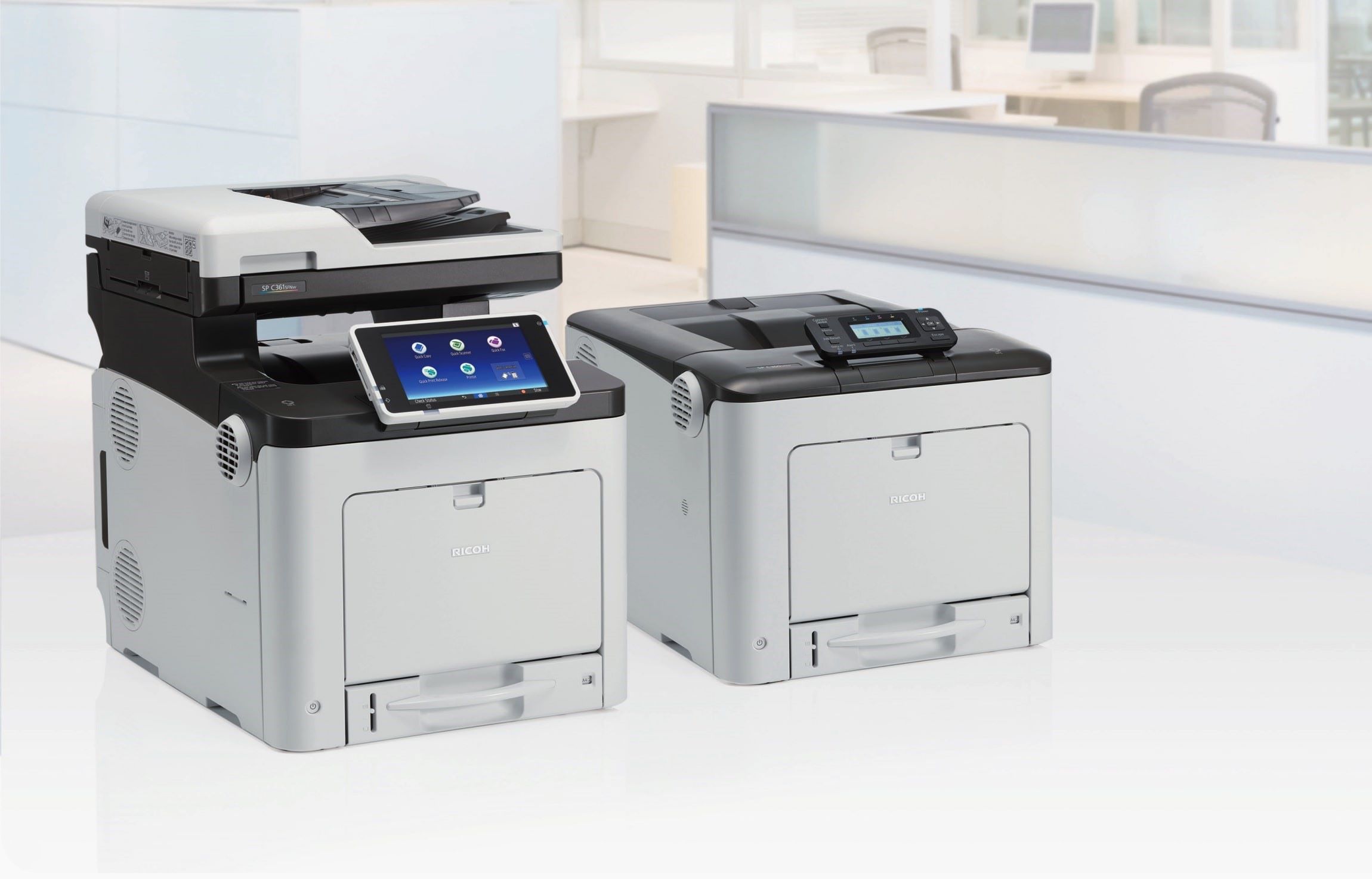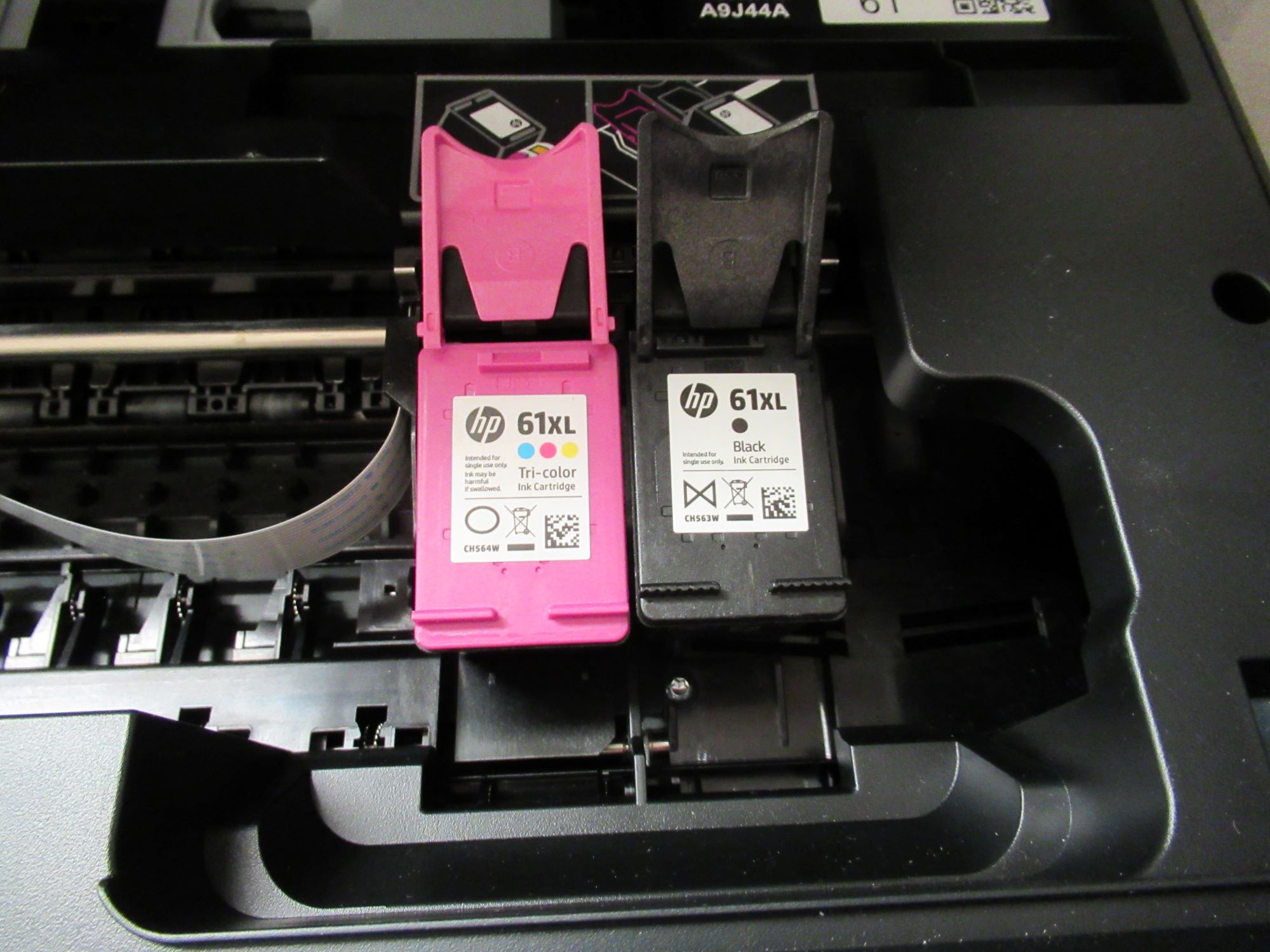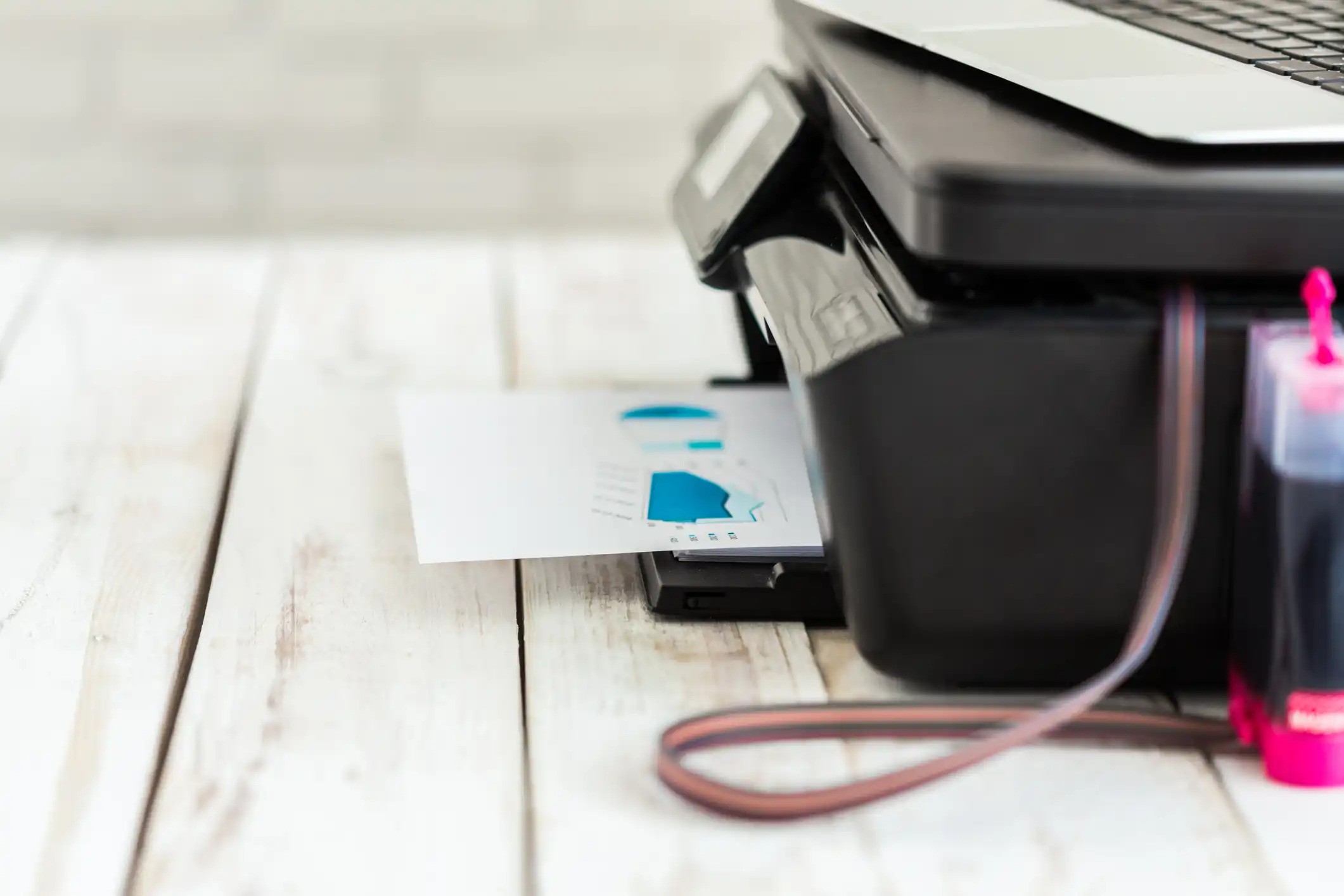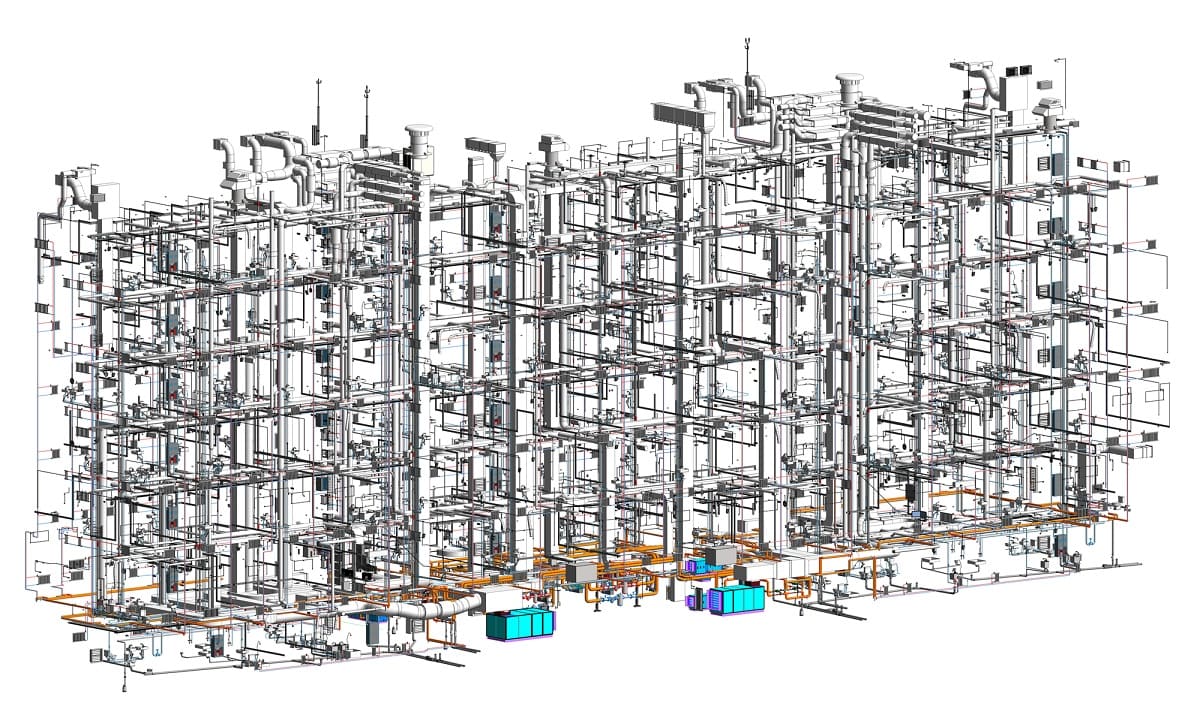Home>Technology>Smart Home Devices>What Is The Difference Between An Inkjet Printer And A Laser Printer?


Smart Home Devices
What Is The Difference Between An Inkjet Printer And A Laser Printer?
Modified: October 28, 2024
Learn the variances between inkjet and laser printers to make an informed decision for your smart home devices. Understand the benefits and drawbacks of each technology.
(Many of the links in this article redirect to a specific reviewed product. Your purchase of these products through affiliate links helps to generate commission for Storables.com, at no extra cost. Learn more)
Introduction
When it comes to choosing a printer, the decision often boils down to two primary options: inkjet printers and laser printers. Both of these technologies have their own unique features and advantages, catering to different printing needs and preferences. Understanding the differences between these two types of printers can help you make an informed decision when selecting the most suitable option for your specific requirements.
In this article, we will delve into the key disparities between inkjet and laser printers, shedding light on their printing technology, print quality, speed, cost, and maintenance. By the end of this exploration, you will have a comprehensive understanding of the nuances that set these two printer types apart, enabling you to make a well-informed decision based on your individual printing needs.
Key Takeaways:
- Inkjet printers are great for colorful photos and graphics, while laser printers excel at fast, high-quality text printing, making them ideal for office environments.
- Inkjet printers are more affordable upfront and versatile, while laser printers are cost-efficient for high-volume text printing, making them suitable for businesses.
Read more: What Is An Inkjet Printer
Printing Technology
One of the fundamental differences between inkjet and laser printers lies in their printing technology. Inkjet printers utilize a relatively straightforward mechanism that involves propelling droplets of liquid ink onto the paper. These printers are equipped with tiny nozzles that spray the ink onto the paper in precise patterns, resulting in high-resolution prints with vibrant colors. The ink used in inkjet printers is typically water-based, which is absorbed by the paper, making it an ideal choice for producing high-quality images and graphics.
On the other hand, laser printers employ a more complex process known as electrophotography, commonly referred to as laser printing. This method involves using a laser to form an electrostatic image on a photosensitive drum, which then attracts toner particles to create the desired print. The toner, a fine powder, is fused onto the paper using heat and pressure, resulting in fast and efficient printing with sharp, precise text and graphics.
While both technologies have their strengths, the choice between inkjet and laser printers often depends on the specific printing requirements. Inkjet printers are renowned for their ability to produce high-quality photo prints and are generally preferred for color printing, especially in the realm of graphic design and photography. On the other hand, laser printers excel in producing crisp text and are highly efficient for high-volume printing, making them a popular choice in office environments.
Print Quality
When it comes to print quality, both inkjet and laser printers have their own distinct advantages. Inkjet printers are widely recognized for their exceptional color accuracy and ability to produce vivid, high-resolution images. The liquid ink used in inkjet printers can seamlessly blend different colors, resulting in stunning photo prints and vibrant graphics. This makes inkjet printers the preferred choice for individuals and businesses that prioritize high-quality color output, such as graphic designers, photographers, and artists.
On the other hand, laser printers are renowned for their superior text and monochromatic graphic output. The precision of laser printing technology allows for sharp, clear text and graphics, making it the preferred choice for documents, reports, and other text-heavy materials. Laser printers are particularly adept at producing crisp, professional-looking text, making them a staple in office environments where high-volume, high-quality text printing is essential.
It’s important to note that advancements in printing technology have narrowed the gap between inkjet and laser printers in terms of print quality. Many modern inkjet printers are capable of producing impressive text output, while certain laser printers now offer enhanced color printing capabilities. Ultimately, the choice between inkjet and laser printers in terms of print quality depends on the specific printing needs and the types of materials being produced.
Speed
Speed is a crucial factor to consider when evaluating the differences between inkjet and laser printers. In general, laser printers are renowned for their rapid printing capabilities, especially when it comes to producing black-and-white documents. The laser printing process, which involves the use of a laser to form an electrostatic image on a drum and then fusing toner onto the paper, allows for swift and efficient printing. This makes laser printers highly suitable for environments that require high-volume printing, such as offices and businesses.
On the other hand, inkjet printers are typically perceived as being slower in comparison to laser printers, especially when it comes to printing large volumes of text-based documents. The process of propelling liquid ink onto the paper through microscopic nozzles is inherently more time-consuming than the rapid fusion of toner onto the paper in laser printers. However, it’s important to note that advancements in inkjet printing technology have led to significant improvements in printing speeds, particularly in the realm of color printing and photo output.
It’s worth mentioning that the speed of a printer can vary based on the specific model and manufacturer. Some high-end inkjet printers are capable of achieving impressive printing speeds, especially when it comes to color printing and photo reproduction. Additionally, certain laser printers may offer varying speeds based on the complexity of the print job and the type of documents being printed.
Ultimately, the speed of a printer should be assessed in relation to the specific printing needs and volume requirements. While laser printers are generally known for their rapid black-and-white printing, inkjet printers have made substantial strides in improving their printing speeds, particularly in the context of color printing and image reproduction.
Inkjet printers are better for high-quality photo printing and small-scale printing, while laser printers are faster and more cost-effective for large-scale text and graphics printing. Consider your printing needs before choosing between the two.
Cost
When comparing inkjet and laser printers, cost considerations encompass various aspects, including the initial investment, ongoing operational expenses, and cost per page. Inkjet printers are often favored for their affordability in terms of the initial purchase price, making them an attractive option for individuals and small businesses with budget constraints. Additionally, inkjet printers are versatile in handling different types of media, such as glossy photo paper and specialty printing materials, offering cost-effective options for diverse printing needs.
On the other hand, laser printers are known for their cost efficiency in high-volume printing scenarios. While the initial purchase price of laser printers may be higher than that of inkjet printers, they often prove to be more economical in the long run, particularly when it comes to printing a large volume of text-based documents. Laser printers generally have a lower cost per page for monochromatic printing, making them a practical choice for businesses that require extensive text printing, such as reports, contracts, and administrative documents.
Another cost-related factor to consider is the expense of consumables, such as ink cartridges for inkjet printers and toner cartridges for laser printers. The cost per page for inkjet printing can vary based on factors such as the type of ink used and the printing frequency. In contrast, laser printers are known for their efficiency in producing a high volume of prints with a lower cost per page for monochromatic output. However, color printing with laser printers may incur higher operational expenses due to the use of multiple toner cartridges.
Ultimately, the cost comparison between inkjet and laser printers should be approached with a focus on the specific printing requirements and long-term operational considerations. While inkjet printers offer affordability in the initial purchase and versatility in media handling, laser printers excel in cost efficiency for high-volume monochromatic printing, making them a prudent investment for businesses with extensive text printing needs.
Maintenance
When it comes to printer maintenance, both inkjet and laser printers have distinct requirements and considerations. Inkjet printers are generally perceived as being more user-friendly in terms of maintenance, as they typically have fewer components that require regular attention. One of the primary maintenance tasks for inkjet printers involves ensuring the nozzles are clean and free from clogs, which can affect print quality. Many inkjet printers are equipped with automated cleaning processes to address nozzle issues, simplifying the maintenance process for users.
Additionally, inkjet printers may require periodic replacement of ink cartridges, particularly in high-usage environments. The frequency of cartridge replacement depends on the volume of printing and the type of documents being produced. Some inkjet printers also feature individual color cartridges, allowing users to replace only the depleted colors, which can be a cost-effective approach for color printing needs.
On the other hand, laser printers necessitate maintenance tasks that are tailored to their specific technology. Regular maintenance for laser printers often involves replacing toner cartridges and ensuring the printer’s internal components, such as the fuser and drum unit, are functioning optimally. Laser printers are designed for high-volume printing, and their maintenance requirements are geared towards supporting consistent, reliable performance over extended periods.
It’s important to note that the maintenance requirements for both inkjet and laser printers can vary based on the specific model and manufacturer. Some printers may incorporate advanced maintenance features, such as self-cleaning mechanisms and diagnostic tools, to streamline the upkeep process and minimize user intervention.
Ultimately, the choice between inkjet and laser printers in terms of maintenance should be guided by the specific printing needs and the level of user involvement in maintaining the printer. While inkjet printers offer user-friendly maintenance with a focus on nozzle cleanliness and ink cartridge replacement, laser printers are designed for robust, high-volume printing and require periodic attention to toner cartridge replacement and internal component maintenance.
Conclusion
Choosing between an inkjet printer and a laser printer involves weighing various factors to determine the most suitable option for your specific printing needs. Understanding the differences in printing technology, print quality, speed, cost, and maintenance is essential in making an informed decision that aligns with your requirements and preferences.
Inkjet printers excel in producing high-quality color prints, making them a preferred choice for individuals and businesses that prioritize vibrant images and graphics. Their versatility in handling different types of media and relatively affordable initial purchase price make them an attractive option for diverse printing needs.
On the other hand, laser printers are renowned for their rapid printing capabilities, especially for monochromatic text and high-volume printing scenarios. While their initial investment may be higher, laser printers offer cost efficiency in long-term operational expenses, particularly for extensive text-based printing requirements.
When considering maintenance, inkjet printers are generally perceived as more user-friendly, with straightforward upkeep tasks such as nozzle maintenance and ink cartridge replacement. Laser printers are designed for robust, high-volume printing and require periodic attention to toner cartridge replacement and internal component maintenance to ensure consistent performance.
Ultimately, the choice between inkjet and laser printers should be driven by a comprehensive evaluation of your specific printing requirements, including the type of materials to be printed, the volume of printing, and the desired print quality. By considering these factors in conjunction with the differences outlined in this article, you can make an informed decision that aligns with your printing needs and budgetary considerations.
Whether you prioritize high-quality color output, swift monochromatic printing, or cost-effective long-term operational expenses, the distinctions between inkjet and laser printers provide valuable insights to guide your selection and ensure that your printing endeavors are supported by the most suitable technology.
Frequently Asked Questions about What Is The Difference Between An Inkjet Printer And A Laser Printer?
Was this page helpful?
At Storables.com, we guarantee accurate and reliable information. Our content, validated by Expert Board Contributors, is crafted following stringent Editorial Policies. We're committed to providing you with well-researched, expert-backed insights for all your informational needs.















0 thoughts on “What Is The Difference Between An Inkjet Printer And A Laser Printer?”